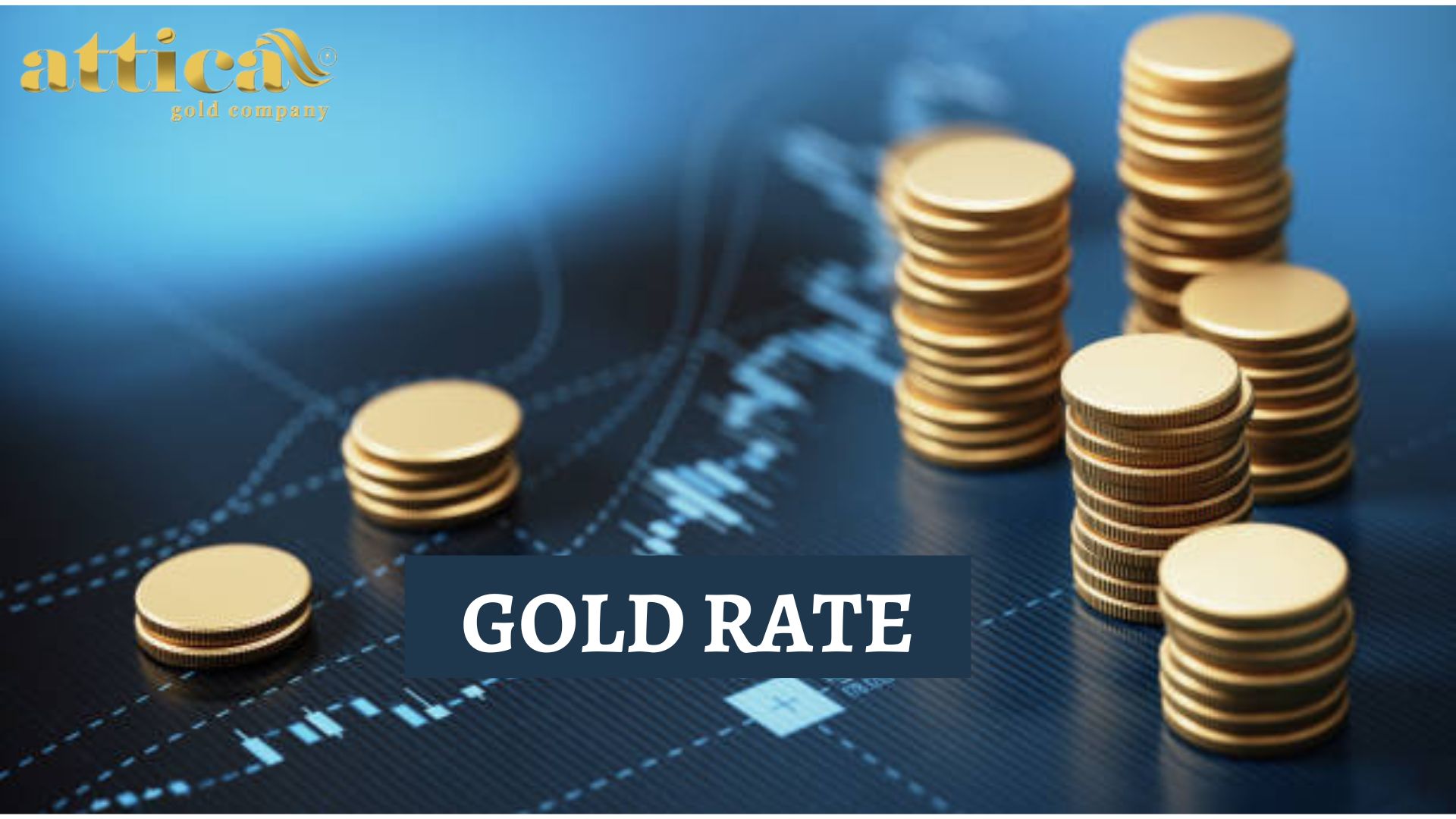
Price of Gold / Gold Rate
Until recently, gold was utilised as money throughout history and served as a relative standard for currency equivalents specific to economic regions or countries. Many European countries adopted gold standards in the late nineteenth century, although these were briefly halted during the financial crisis of World War I. Following WWII, the Bretton Woods system fixed the US dollar to gold at a rate of US$35 per troy ounce. The system persisted until the Nixon Shock of 1971, when the US unilaterally halted the direct convertibility of the US dollar to gold and switched to a fiat currency system. The Swiss Franc was the last major currency to be decoupled from gold in 2000.
The London gold fixing, a twice-daily phone meeting of representatives from five London bullion-trading firms, has been the most prevalent benchmark for the price of gold since 1919. Furthermore, gold is traded continually around the world based on the intra-day spot price, which is generated from over-the-counter gold-trading marketplaces around the world (code “XAU”).
Other factors should be considered before selling gold, in addition to the gold rate per gram. First and foremost, please understand that if you sell the jewelry to a pawnshop or distributor, you will only receive the gold value of the jewelry. You will not receive the value of your jewellery if it contains something other than gold. As a result, you will sell as much pure gold as possible. Consider what the street value of gold will be once it becomes financial.
You should multiply the previous step’s result by the number of grams of the quality you want to price, that is the current market price for scrap. Please keep in mind that once you sell the gold shavings to a dealer, the market value you receive may drop significantly. As a result, it is critical to plan ahead of time and determine the price per gram of gold to ensure the best price.
There are even some companies created just to take advantage of the record price of gold. Although these offers may appear appealing, they lead many people astray because they did not pause and conduct preliminary research. If you do not do your homework, you are gambling and will pay a high price for gold. I hope that reading this article has prepared you.



